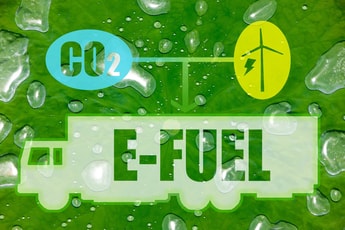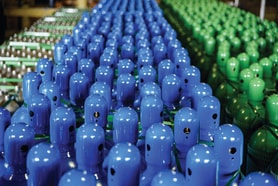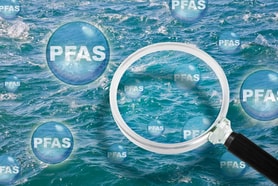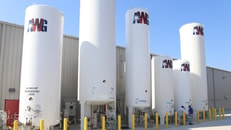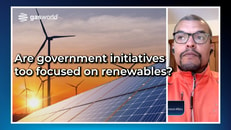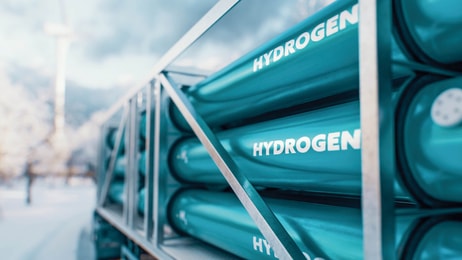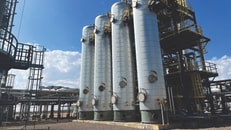Making the case for e-NG and synthetic fuels
Synthetic fuels are energy carriers that use renewable electricity to make liquid and gaseous fuels, known as e-fuels and e-NG respectively. Tyler Cole of TES presented on e-NG at this year’s carbon dioxide event in Nashville. Christian Annesley gives you the main lines
It is hard to keep up right now when it comes to synthetic fuels. There is a huge amount going on in the space, and a wide variety of fuel types, which differ in terms of composition, application, and how they function.Broadly, though, we can say there are two principal fuel types.
There are e-fuels, which are hydrocarbon-based liquids that are like conventional fossil fuels but produced sustainably. Such fuels are made using captured CO2 and renewable hydrogen, using processes like Fischer-Tropsch synthesis. Common e-fuels include synthetic diesel, gasoline, kerosene (for aviation), and methanol. It is a market that has just started but should now move fast.
On the gaseous fuels side, there is electro-methane, or e-NG. This is a synthetic methane created by combining renewable hydrogen with captured CO2 through methanation. Using this process, it mirrors the chemical composition of natural gas (methane, CH₄), allowing it to be used interchangeably in existing natural gas infrastructure and applications.
... to continue reading you must be subscribed


